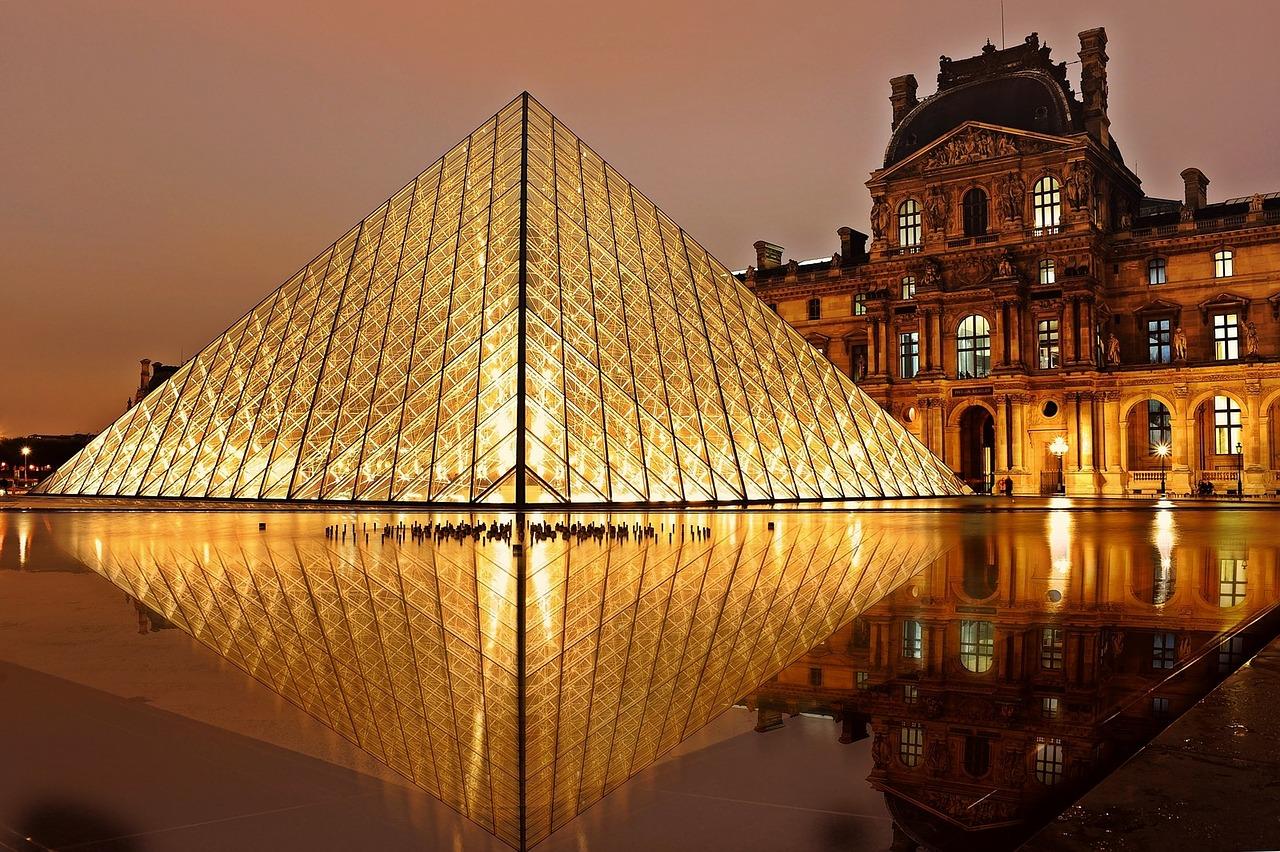The Louvre is by far the biggest museum in Paris as well as the most visited museum in the world, receiving about 9.3 million (93 lakh) visitors every year.
This amazing museum was partially built in the 12th and 13th centuries under Philip II as a palace and fortress. The museum was opened within the palace in 1793 by the National Assembly after overthrowing Louis XVI in the French Revolution.
It originally housed artwork that “belonged to the king,” but with the fall of the monarchy, the art became a possession of the people. Three days a week, the public could come and view all the available art for free.
Nowadays, it’s a bit more expensive, but there is also an exponentially larger collection.
You can find the Louvre in Paris’ 1st Arrondissement, by the Tuileries Garden and the Tuileries Palace. It’s the most popular cultural site in France and is even visited more than the Eiffel Tower and Notre Dame.
The Louvre Museum houses approximately 500,000 objects and exhibits 35,000 works of art across eight curatorial departments, occupying more than 60,600 m 2 (652,000 sq ft) for its permanent collection.
What are the top 10 must-see works of art housed in the Louvre? Make sure you don’t miss these amazing paintings when you visit!

Mona Lisa by Leonardo da Vinci (French: La Gioconda)
There’s no other museum in the world that has a piece as famous as the Mona Lisa by the Italian artist Leonardo da Vinci.

The jewel of Renaissance art is essential if you find yourself visiting the Louvre. The painting was acquired by Francis I of France following the artist’s death in 1519 since the king was his patron. In 1800, the painting was transferred to Napoleon’s private dwelling because he adored it (so much for “the people” owning the art!).
In 1804, Mona Lisa made her way to the Louvre, where it’s been on display ever since (except for the two-year period when she was stolen, in 1911). Today she sits behind a thick layer of plexiglass to protect it from environmental damage, theft, and vandalism.
This painting has been a source of inspiration for those who came after da Vinci for hundreds of years. The technique, the smile, the background, the mysteries, and even conspiracies have all intrigued viewers for centuries.
Leonardo da Vinci employed innovative techniques, such as sfumato, to create soft transitions between colors and tones, contributing to the painting's lifelike quality.
French Royalty: After its completion, the Mona Lisa remained in Italy until Leonardo moved to France in 1516. He brought the painting with him, eventually becoming part of King Francis I's collection.
Ready to learn how to paint like the old masters? Find amazing painting classes here on Superprof.
The Coronation of Napoleon by Jacques-Louis David (French: Le Sacre de Napoléon)
The Coronation of Napoleon is a propaganda piece, commissioned by Napoleon himself, and produced by Jacques-Louis David, a French neo-classical painter, between 1805 and 1807.
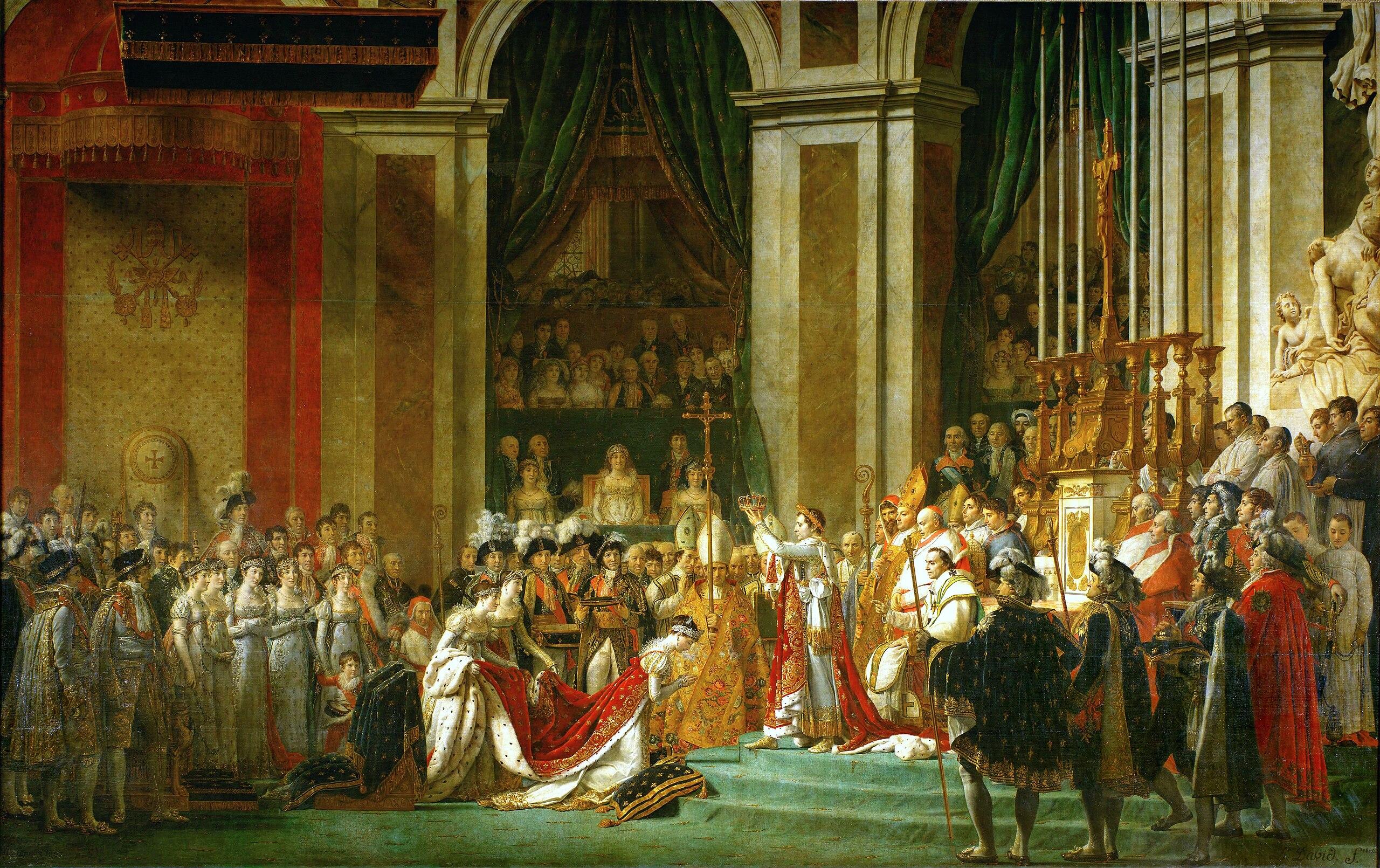
The painting shows Napoleon I, the Emperor of France, being crowned at the Notre Dame de Paris. This coronation symbolises the rule of Napoleon which lasted from 1804 to 1814. You can see Napoleon crowning Empress Josephine having just been crowned himself by Pope Puis VII (even though she wasn’t there in real life).
This isn’t the only time a French emperor appears in the Louvre; there’s a portrait of Napoleon III painted by Winterhalter from 1853.
The Coronation of Napoleon, a grand oil painting (20.37 × 32.12 feet [6.21 × 9.79 meters]) created by the French artist Jacques-Louis David, was completed in 1806/07.
The painting captures the moment when Napoleon I crowned his wife, Joséphine, as empress during his coronation as emperor of France.
Discover more about the world’s best art museums!
The Raft of the Medusa by Théodore Géricault (French: Le Radeau de la Méduse)
"The Raft of the Medusa" by Géricault, like many other pieces in the Louvre, shows an imposing and dramatic scene. The painting features the shipwreck of the frigate Medusa, a French colonial vessel that sank in 1816 near Mauritania.
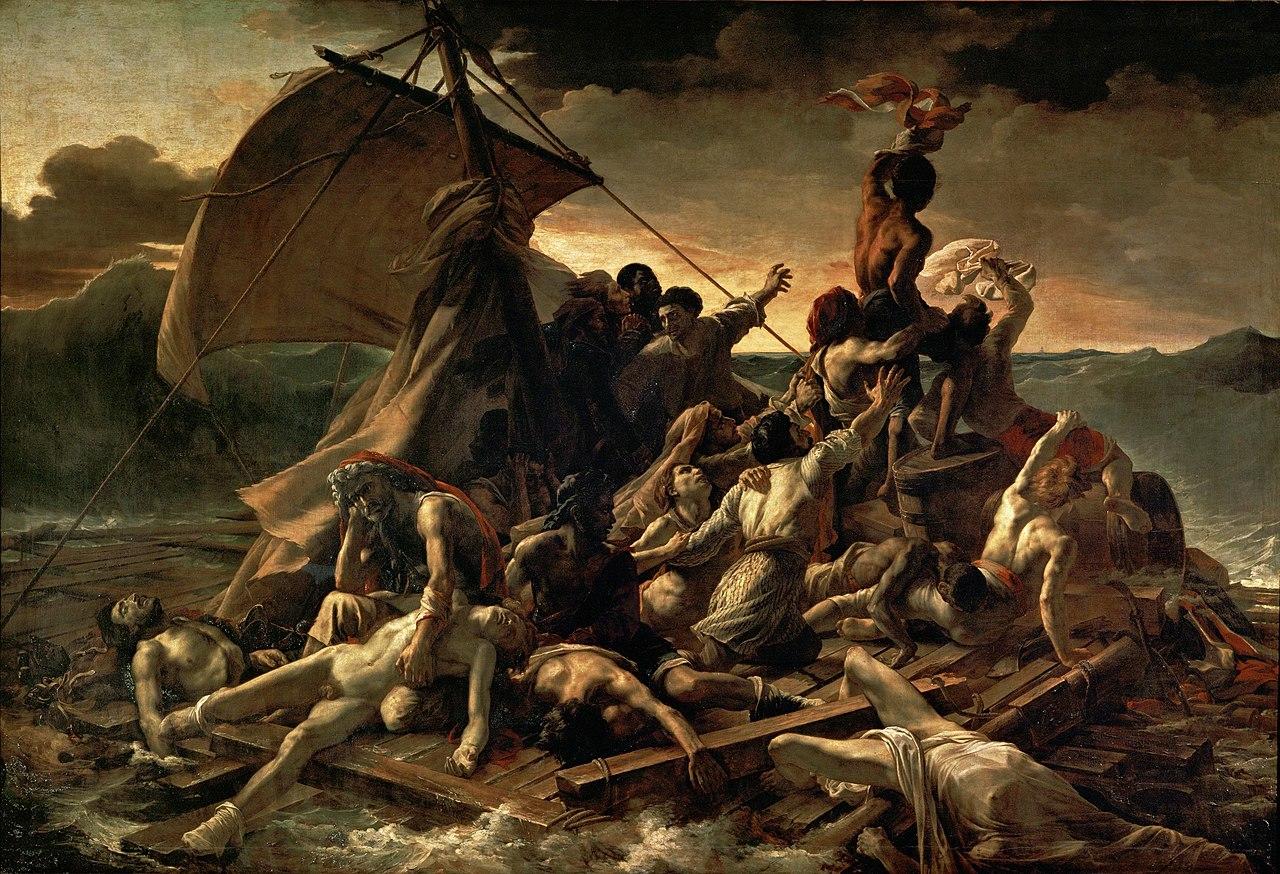
Of the 147 aboard, only 10 survived the incident. This piece depicts the hopelessness in the ensuing starvation, dehydration, madness, and cannibalism.
This painting helped inspire other artists including:
- William Turner
- Eugène Delacroix
- Gustave Courbet
- Édouard Manet
At an impressive 491 by 716 cm (16 ft 1 in by 23 ft 6 in) in size, you simply cannot miss this larger-than-life scene. The Louver purchased the piece in 1824 shortly after the artist's death.
INFOBOX: In the 19th century, essentially every aspiring artist in Europe would take a pilgrimage to the Louvre to observe the works of the old masters and practice copying their techniques. Artists such as Dali, Degas, Chagall, Picasso, Cézanne, Monet, Manet, Morisot, and so many others all spent countless hours copying paintings.
Liberty Leading the People by Eugène Delacroix (French: La Liberté guidant le peuple)
Created in 1830, this piece depicts the French civil war and Revolution (the July Revolution) with armed citizens marching behind a woman, the allegory of liberty, and in fact France herself.
Marianne is her name, and you can see her profile depicted in everyday places around France and especially Paris, such as in the RATP (Metro) logo.
The bodies on the ground show the violence in the conflict and the importance of the uprising.
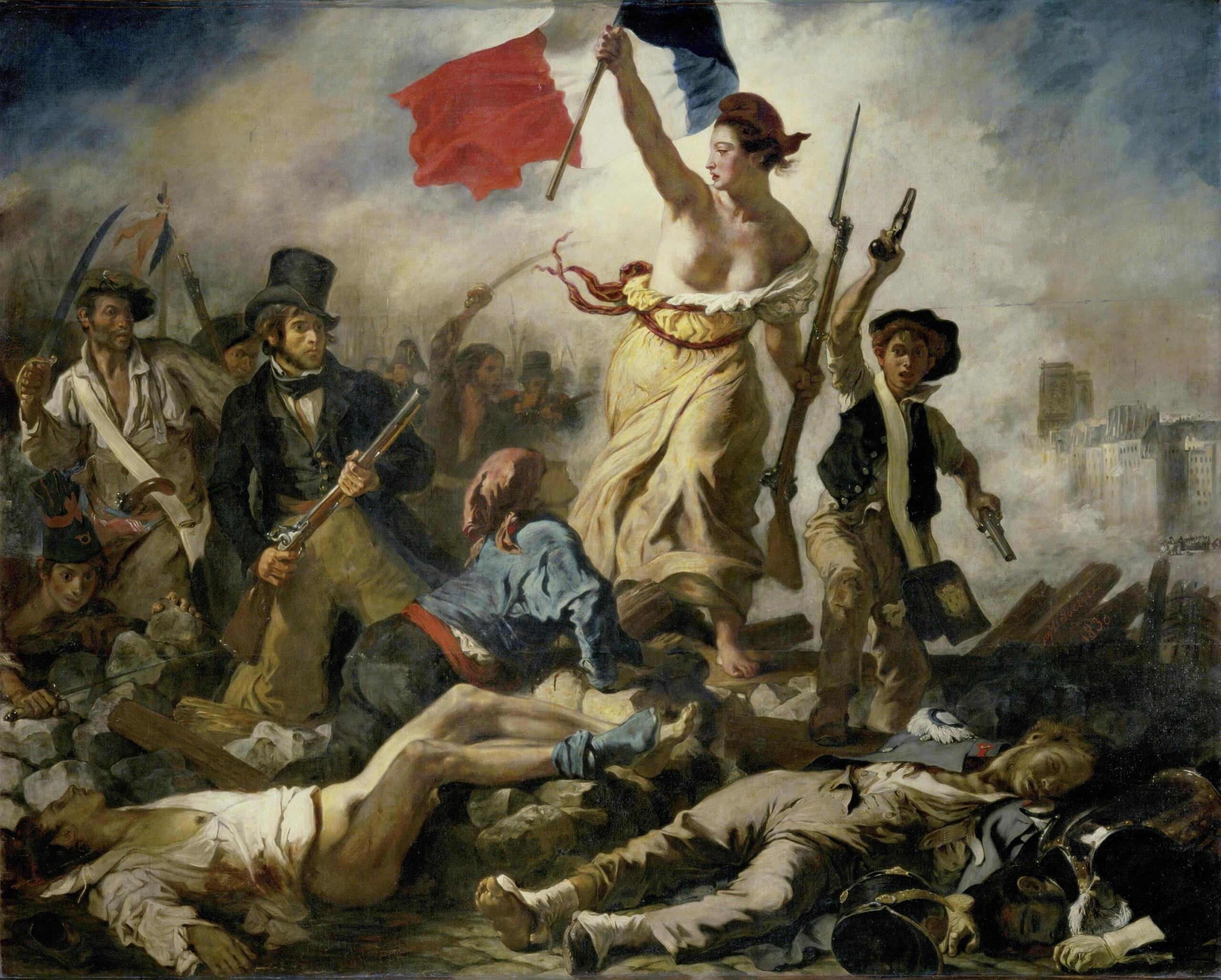
The idea of Liberty is an important part of 19th-century history and achieving it through armed combat often seemed the most effective way.
“We only have one freedom: the freedom to fight for freedom.” - Henri Jeanson
It wasn’t until 1874 that the piece was transferred to the Louvre where it quickly became one of the most visited paintings.
The Wedding Feast at Cana by Paolo Veronese (French: Les Noces de Cana)
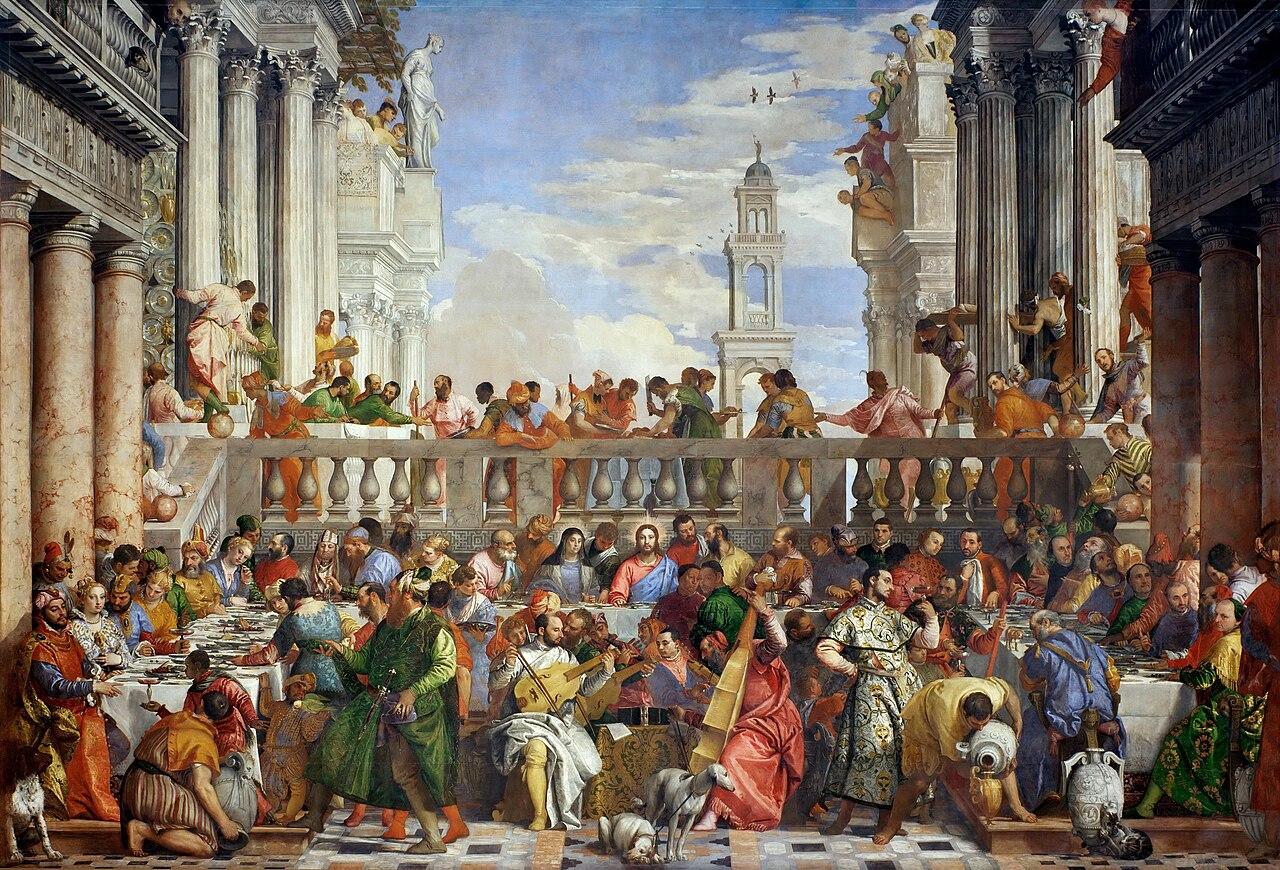
The Wedding Feast at Cana is a painting by the Venetian painter Paolo Veronese from 1563 depicting the biblical story from the New Testament in which Jesus transforms water into wine. The piece includes biblical characters and Venetian contemporaries from the 16th century.
This is considered one of the artist’s most important works and was commissioned by a Venetian monastery. However, it isn’t the only piece to depict this story. Giotto, Gérard David, and Giuseppe Maria Crespi have also painted it.
Find a painting class near me here on Superprof.

Francis I of France by Jean Clouet (French: François 1er, roi de France)
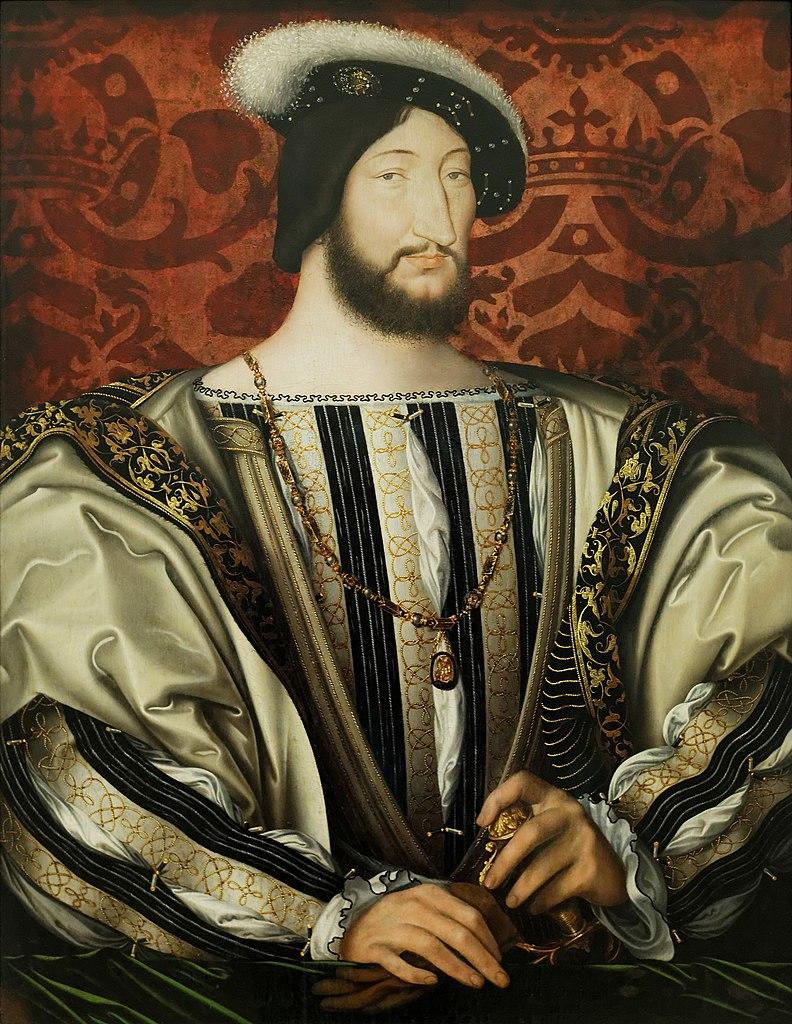
King François I of France is represented in this 1530 painting by Jean Clouet. François I was one of the biggest patrons of the arts in his modern era. He played an important part in the Louvre’s history having acquired pieces such as the Mona Lisa. He would fund artists to affirm his power and display his appreciation for the arts.
Clouet executes a perfect example of Renaissance portraiture in this piece.
There are many other portraits of French monarchs in the Louvre including Louis XIII, Louis XIV, and Louis XVIII.
Discover which paintings you can find at The Met in NYC!
Grande Odalisque by Jean Auguste Dominique-Ingres
Jean Auguste Dominique Ingres is one of the most famous French painters of the 19th century. His piece La Grande Odalisque from 1814 is an example of the quality of his work.
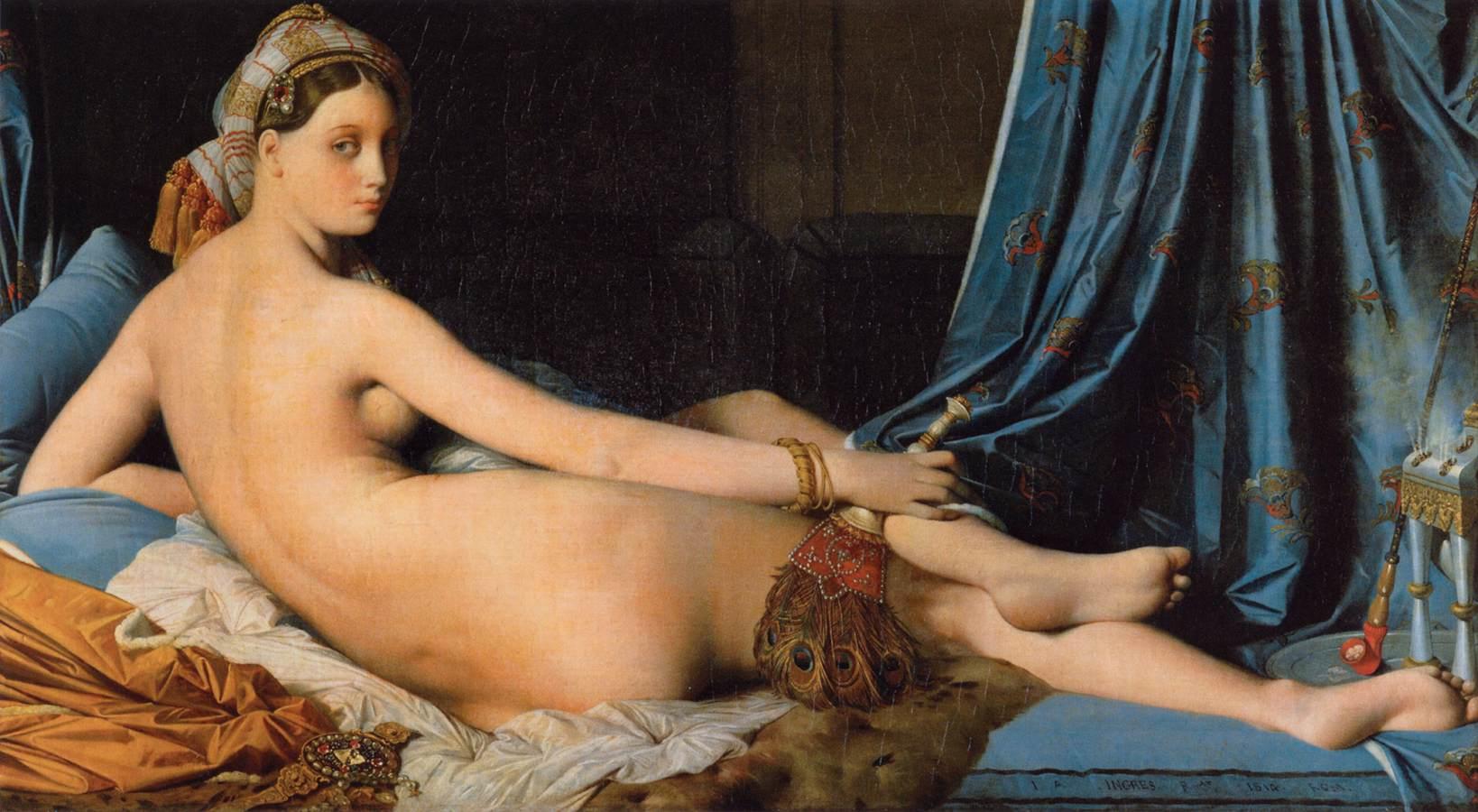
The piece was commissioned by Caroline Murat, the sister of Napoleon I and the queen consort of Naples. However, with the fall of the Empire, the commission was never paid for by the queen.
The artist also created several other famous pieces:
- Bonaparte, First Consul (1803-1804)
- Napoleon I on His Imperial Throne (1806)
- Jupiter and Thetis (1811)
- Roger Freeing Angelica (1819)
- Oedipus Explaining the Enigma of the Sphinx (1827)
- Louise de Broglie, Countess d’Haussonville (1845)
- The Princesse de Broglie (1853)
- Joan of Arc at the Coronation of Charles VII (1854)
- The Turkish Bath (1859-1863)
Ingres employed a neo-classical style which made his pieces veritable works of art which are now carefully cared for in the Louvre!
The Card Sharp with the Ace of Diamonds by Georges de la Tour (French: Le Tricheur à l’as de carreau)
Painted in 1636-1638, this work of art has a sister piece called “The Cheat with the Ace of Clubs” which shows the same scene with some details changed. It was purchased by the Louvre in 1972, making it a rather recent acquisition.
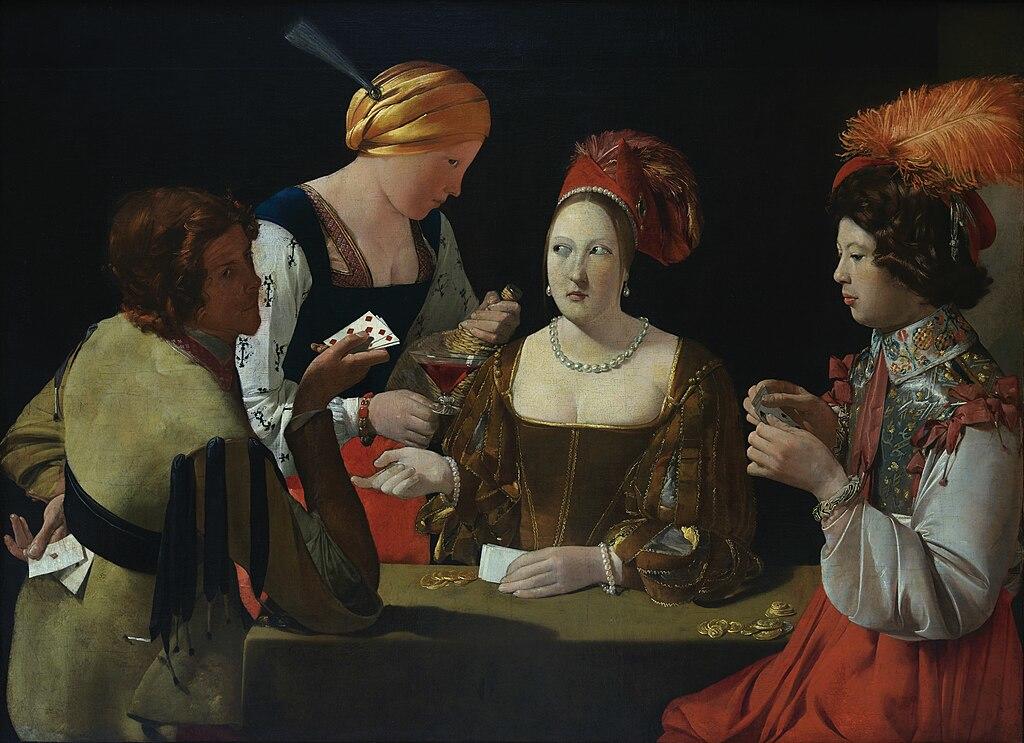
As one of the French artist’s most famous masterpieces, it’s an unmissable part of the museum.
The painting depicts 3 people playing cards and a servant. It’s clear that one of them is planning on cheating since they’re hiding the ace of diamonds behind their back, and the other two table members are likely in on the ruse.
De La Tour was inspired by Caravaggio's themes, including that of the cheater as well as people seen from this particular angle.
Consider visiting the Museo del Prado to see more famous works of art on your Eurotrip!
The History of Alexander series by Charles Le Brun (French: la suite de l’Histoire d’Alexandre)
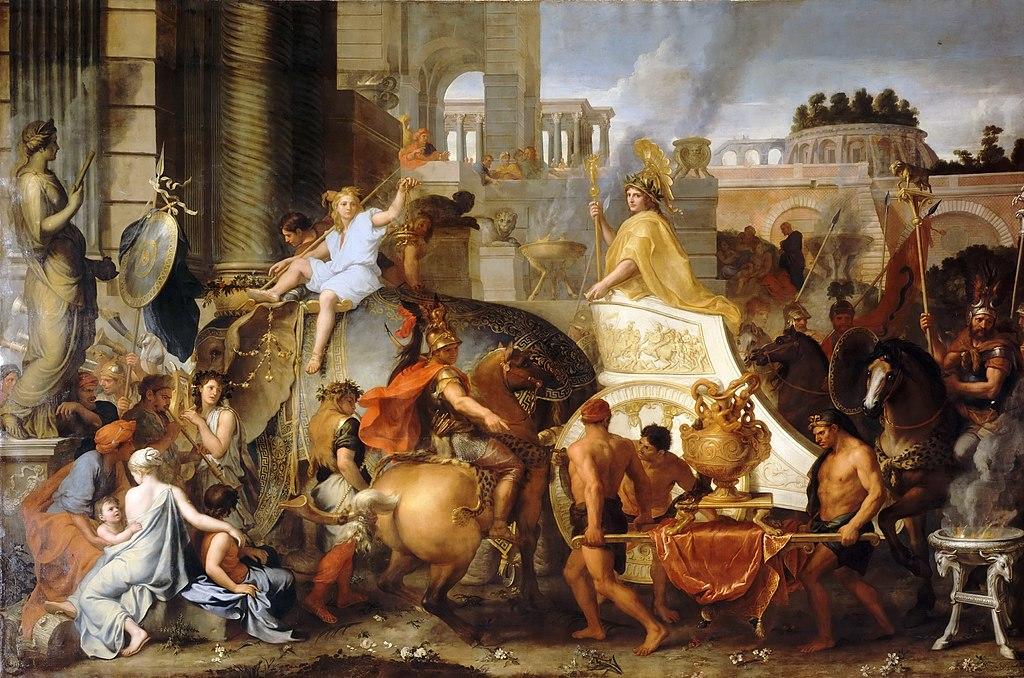
The History of Alexander is a series of works by Charles Le Brun depicting the epic of Alexander the Great including his war against Darius and the Persians.
This monumental work is made of several distinct pieces:
- Crossing the Granicus (1665)
- Alexander Entering Babylon, or The Triumph of Alexander (1665)
- The Battle of Arbela (1669)
- Alexander and Porus (1673)
However, Le Brun didn’t just paint Antiquity, he also painted religious themes, mythology, military and historical themes, as well as producing a large number of drawings and tapestries.
David and Goliath by Daniele Ricciarelli (French: David vainqueur de Goliath)
This 1550 painting on slate by Daniele Ricciarelli, also known as Daniele da Volterra, is an interesting piece as you can enjoy both sides of it.

The artist wanted to show the power of painting by freeing it from the two dimensions of the canvas. At the same time, you can see the story from the Old Testament whereby the Hebrew David defeats the Philistine Goliath.
This piece shows us how David killed Goliath, putting an end to the war between the two peoples.
While you’re in Paris, check out more amazing artworks at the Musée d’Orsay!
About the Louvre
What do you need to know about visiting the Louvre and seeing the famous paintings in Louvre?
The museum is open each day from 9 a.m. to 6 p.m. except for Tuesdays, New Year's Day (1 January), Labour Day (1 May), and Christmas (25 December).
There is no admission fee on the first Friday of each month (except July and August) after 6 p.m. Additionally, Bastille Day (14 July) is also free after 6 p.m. (unless it’s a Tuesday when the museum is closed).
For visitors under age 18, there is no admission fee.
Otherwise, general admission is 22€ (about 2,000₹).
Want to learn more about art? You can find out everything you’ve ever wanted to know about art history, techniques, and more with amazing tutors on Superprof! You can find online painting classes for learning from anywhere in the world.

